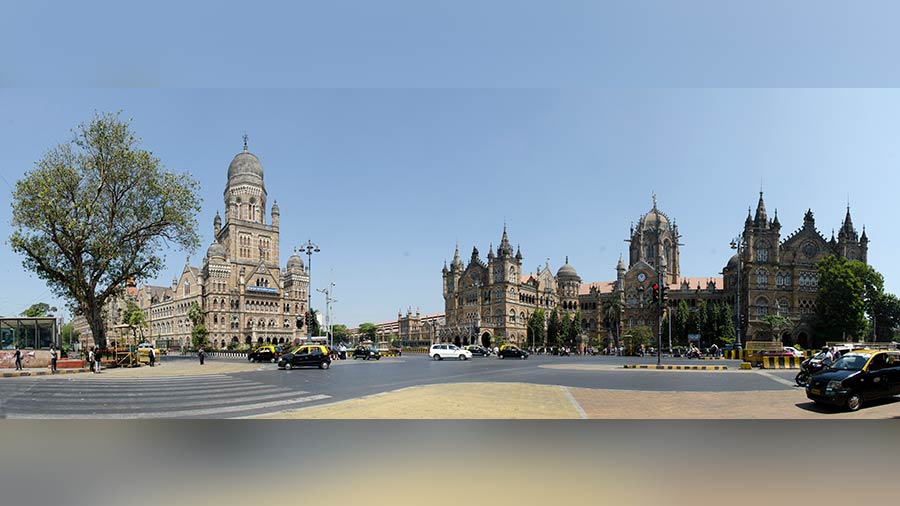Steeped in history with a rich cultural heritage, Jodhpur — the gateway to Thar — is a haven for tourists. Also called the Blue City, it is a shopper’s paradise with a plethora of things to do, places to visit, and delicacies to relish.
Read on to find out the top five must-dos that you should definitely include in your vacation itinerary for this royal town.
Majestic Mehrangarh Fort

Mehrangarh Fort and the Blue City, Jodhpur shutterstock
The invincible Mehrangarh Fort is what draws people to the Blue City of Rajasthan. Standing tall at 400 feet above the city, this awe-inspiring fort is an architectural masterpiece. Built in 1459 by Rao Jodha, it is one of the largest forts in India. The towering ramparts of the fort bear witness to the glorious history of Marwar.
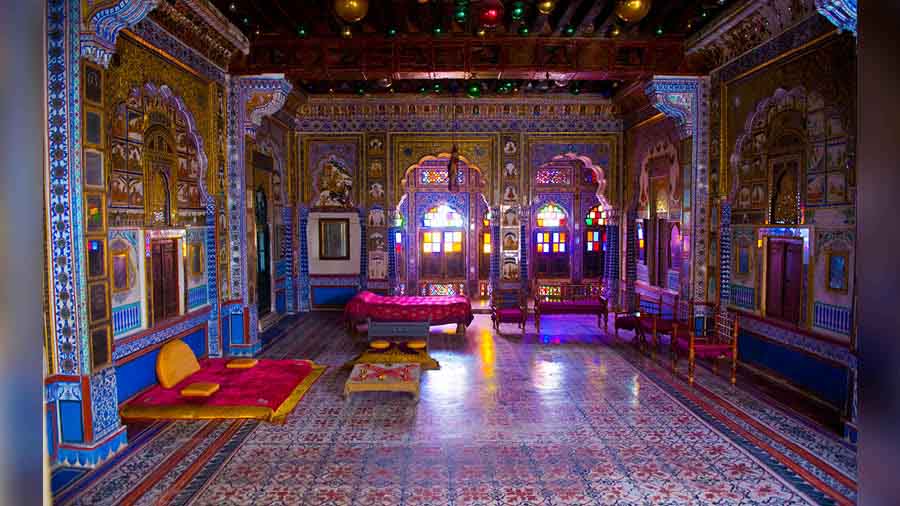
The Phool Mahal Shutterstock
Royal Umaid Bhawan Palace
The fort has many attractions worth visiting, including the Mehrangarh Fort museum, Sheesh Mahal and Phool Mahal. The museum is a treasure trove of artifacts that are sure to bowl you over. Sheesh Mahal is a beautiful room with mirrors all over that give a dazzling effect — a sight to behold! Phool Mahal, also called the Palace of Flowers, is the banquet hall of the fort. Adorned with intricate carvings, gold leaf work and exquisite paintings, it showcases the rich heritage of Marwar.
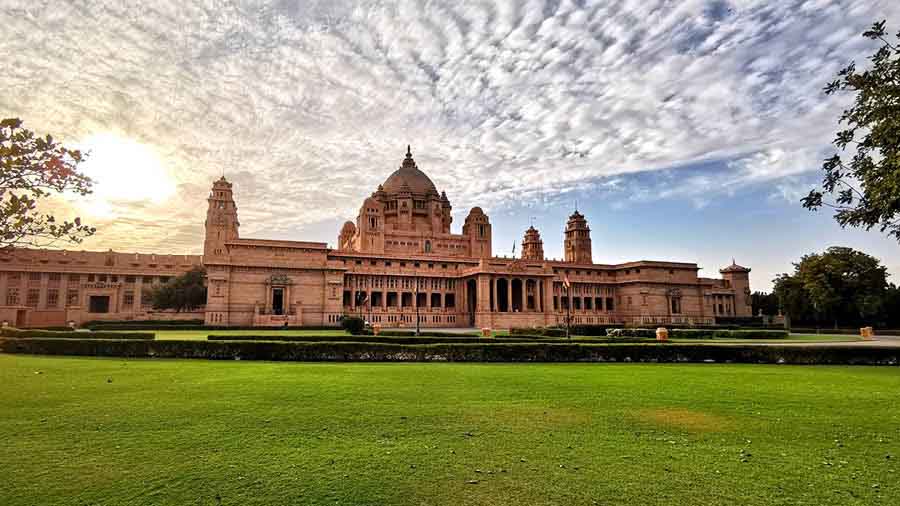
Royal Umaid Bhawan Palace Unslpash
Umaid Bhawan Palace is one of the iconic monuments of Jodhpur. Built by Maharaja Umaid Singh in the 20th century, it is set in yellow sandstone and showcases the grandeur and opulence of royalty. The palace was known as Chittar Palace in earlier times owing to its location on Chittar hill. In 1929, the palace was broken down by Maharaja Umaid Singh and made into a masterpiece showcasing a beautiful melange of Victorian and Rajput styles.
Partly a luxury hotel, a museum, and the private residence of the present Maharaja of Jodhpur, Umaid Bhawan is a fine example of stunning Indo-Saracenic architecture, Classical Revival and Western Art Deco. Sprawling over 26 acres of land, of which 15 acres are gardens, it boasts of a beautiful ballroom, a resplendent Darbar hall with vintage paintings and furnishings, a library, indoor swimming pools, tennis courts, and a billiard room.
The museum has a large collection of artifacts, including clothing, furniture, weapons, and vintage cars of the royal family. Open on all days except Sundays, a visit to the museum is a must. If you want to feel like royalty, a meal or stay at the Umaid Palace hotel should be on your list. Many celebrity weddings have taken place in this stunning hotel. It boasts of opulent rooms and fine-dining restaurants offering spectacular views of the city and the fort.
Shop till you drop
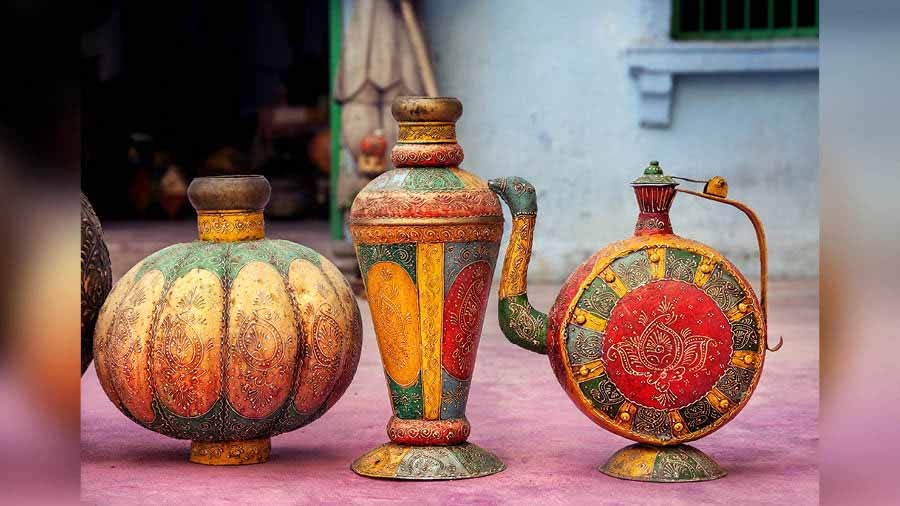
Colorful ethnic Rajasthan pots on offer in Jodhpur, Rajasthan Shutterstock
Rajasthan is known for its handicrafts, textiles, and jewellery, and there is no place better than Jodhpur to shop for them. Whilst here, definitely pick up the vibrant Lehriya and Bandhani fabric. Tripoli market is the best place to find these beautiful fabrics. You can get running material, saris, suits, and even western attires made from this colourful material.

Glittering stone bangles in a jewellery shop Shutterstock
If you want authentic Rajasthani jewellery, head straight to Sardar Market. You will be spoilt for choice. From bespoke silver ornaments to intricately designed Kundan jewellery and more, you will get it all here. Jodhpur is also renowned for traditional Rajasthan footwear, like mojaris and juttis. Mochi Bazaar is the go-to place for it.
Indulge in Rajasthani Culinary Delights

Sweet ghevar and (right) Dal Baati Churma Shutterstock
Get ready to tickle your taste buds with mouth-watering street food in Jodhpur. Some of the favourites are Pyaaz Kachori, Mawa Kachori, Samosa, and the famous Mirchi Vada. Janta Sweet Home and Shahi Samosa are the best places to enjoy these delectable delicacies.
For those of you with a sweet tooth, Ghevar is a must-eat. This sweet doughnut-shaped delicacy is famous all over Rajasthan and comes in different flavours. My personal favourite is the Malai Ghevar, with a sprinkling of dry fruits. Janata Sweet Home is the best place for this sinfully satiating dessert.
Another one for the culinary checklist is the Makhaniya Lassi, a thick concoction of buttermilk and cream topped with rose water, cardamom and saffron. Shri Mishrilal Hotel near the Clock Tower is the best place to sample this delicious drink.
Experience a sumptuous Rajasthani thali with delicious dal baati churma, spicy ker sangri and flavourful gatee ki sabzi, among others dishes, at Gypsy and Kalinga. And if you crave authentic laal maas and chicken stew, there is no place better than Hanwant Mahal. It not only serves delectable food but has a magnificent roof-top restaurant with a view of the majestic Mehrangarh Fort.
Visit the ancient Baoris
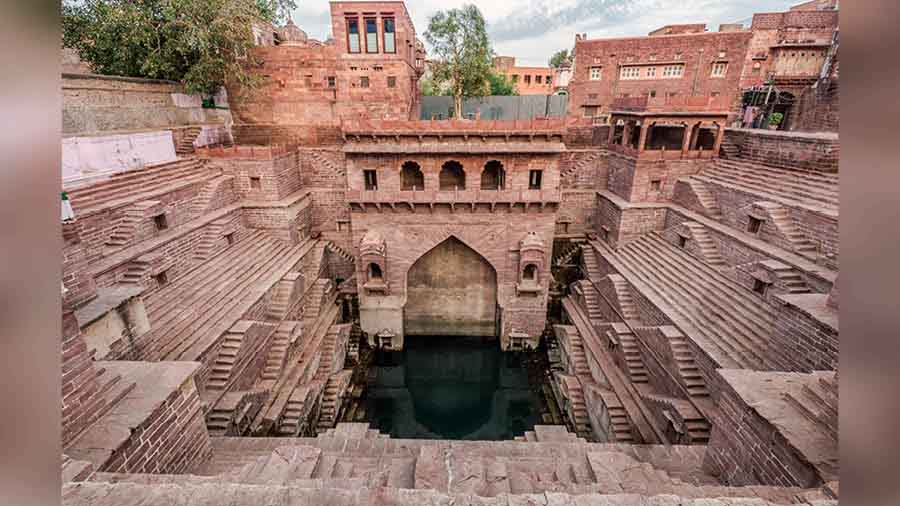
Toorji Ka Jhalra Shutterstock
Stepwells, locally called baoris, are old water storage systems with subterranean architecture. They were a perennial source of water in the desert. Women visited these baoris to draw water using the Persian wheel. In peak summer, these step wells provided respite from the heat and were a place for cultural gatherings too.
Jodhpur has three such stepwells located as a cluster, where all the rainwater collects naturally. The Toorji Ka Jhalra is the main one. It is a 250-year-old structure made of red sandstone that is more than 200-feet deep. It was built in the 1740s by Raani Tawarji from Maharaja Abhaya Singh’s queen consort. As per age-old tradition, the women were in charge of the public water works. The step well could be accessed at two levels. It had a separate tank at the bottom which was used to receive water through the wheel system.
Every staircase has small chambers that were used to house a lantern for climbing at night. Adorned with intricate carvings of medieval lions, dancing elephants, and deities, this stepwell is worth a visit for those intrigued by architecture. The best way to reach the stepwell is to come to Sardar Market and explore the area on foot.
Soak in the historical relevance, revel in the architectural splendour, and savour the gastronomical delights of the royal city of Jodhpur for an unparalleled experience.

